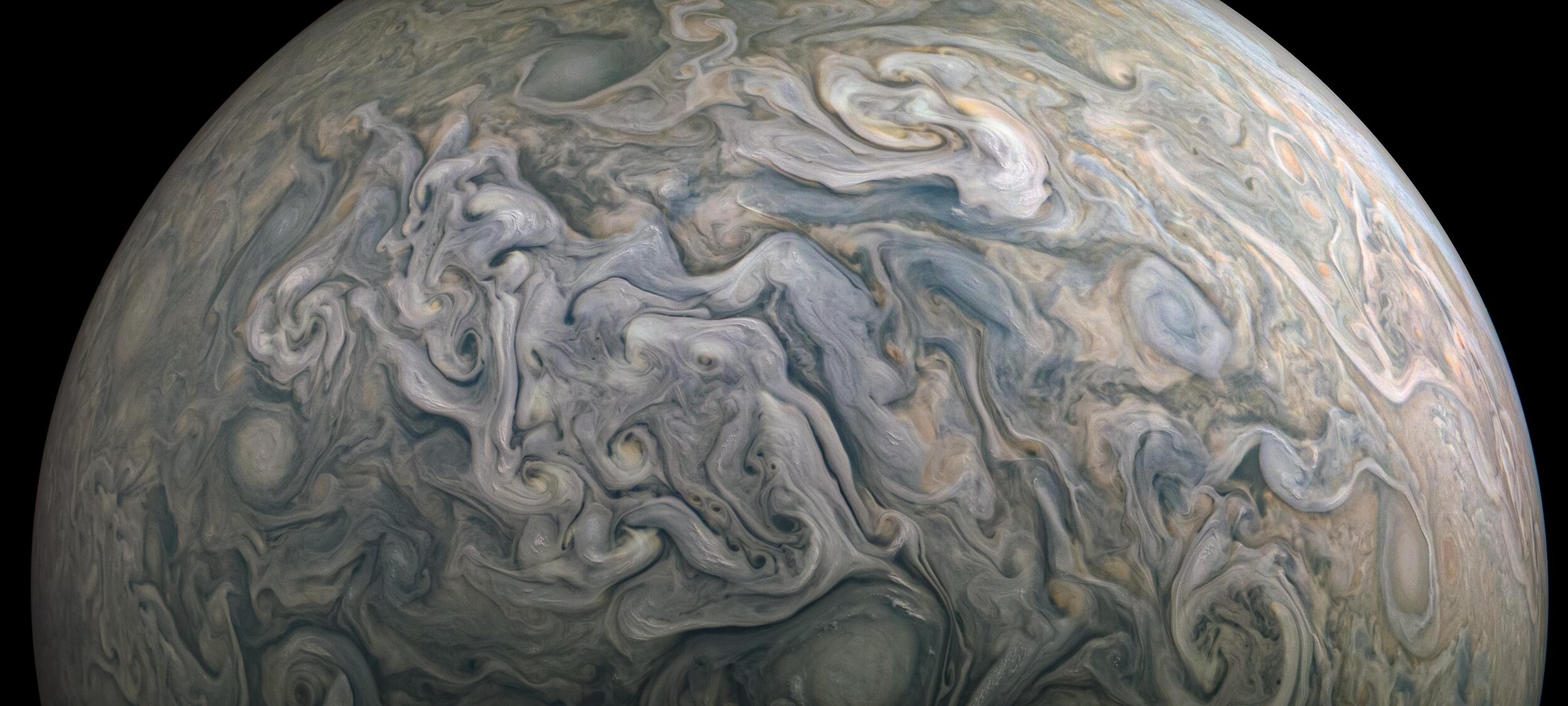
Projects
Current Missions
Six infrared images of Saturn's moon Titan
Dragonfly Space Mission
Dragonfly will send a mobile robotic spacecraft to Titan, the largest moon of Saturn. This NASA-led mission is intended to study the prebiotic chemistry and extraterrestrial habitability of Titan. Launching 2026.
For this project, our team is actively working on:
Flight Software Development
Ground Software Development
Science Data Processing and Distribution
Software Verification and Validation (V&V)
Simulator and Testbed Development
Configuration Management
We are using the following technologies:
C/C++, python, JavaScript, PHP, Qt, CanvasJS, Jasmine, Karma
And tools:
SVN, GIT, Slack, Doxygen, AWS, VMWare, MeisterTask, JIRA
JWST
The James Webb Space Telescope
JWST is an orbiting infrared observatory that will complement and extend the discoveries of the Hubble Space Telescope, with longer wavelength coverage and greatly improved sensitivity. The longer wavelengths enable Webb to look much closer to the beginning of time and to hunt for the unobserved formation of the first galaxies, as well as to look inside dust clouds where stars and planetary systems are forming today.
> Launched
Mars Curiosity Rover
Currently exploring the surface of Mars
The Mars Curiosity rover is the largest and most capable rover ever sent to Mars. Early in its mission, Curiosity's scientific tools found chemical and mineral evidence of past habitable environments on Mars. It continues to explore the rock record from a time when Mars could have been home to microbial life. The Curiosity is part of the Mars Science Laboratory mission.
> Launched
ExoMars Rover
Robotic Exploration of Mars
The ExoMars program will deliver a European rover, Rosalind Franklin, and a Russian surface platform, Kazachok, to the surface of Mars. A Proton rocket will be used to launch the mission, which will arrive at Mars after a nine-month journey. The ExoMars rover will travel across the Martian surface to search for signs of life. It will collect samples with a drill and analyze them with next-generation instruments.
> Launching 2028
PACE
Plankton Aerosol Composition Explorer
The PACE satellite is a NASA Earth-observing mission that will continue and advance observations of global ocean color, biogeochemistry, and ecology, as well as carbon cycle, aerosols and clouds. PACE data will be used to identify the extent and duration of algal blooms known as phytoplankton and improve understanding of air quality.
> Launched
RST
Roman Space Telescope
The RST Wide Field Infrared Survey Telescope is a NASA observatory designed to unravel the secrets of dark energy and dark matter, search for and image exoplanets, and explore many topics in infrared astrophysics. RST will complete the exoplanet census begun by NASA's Kepler Space Telescope.
> Launching mid-2020s
MAVEN
Mars Atmosphere and Volatile EvolutioN
MAVEN is a spacecraft developed by NASA that went into orbit around Mars to study the planet's atmosphere. Mission goals include determining how the atmosphere and water, presumed to have once been substantial, were lost over time. MAVEN is part of NASA's Mars Scout program.
> Launched
DAVINCI
Deep Atmosphere Venus Investigation of Noble gases, Chemistry, and Imaging
XNASA’s DAVINCI mission will study the origin, evolution, and present state of Venus in unprecedented detail from near the top of the clouds to the planet’s surface. Carrying an atmospheric descent probe, the DAVINCI spacecraft will serve as a telecommunications hub by relaying information from the probe to Earth. It will also use its two onboard instruments to study Venusian clouds and map its highland areas as it flies by the planet.
> Launching Late 2020s
OSAM-1
On-Orbit Servicing, Assembly and Manufacturing mission 1
OSAM-1 is a robotic spacecraft designed with the tools and technologies needed to service satellites while in orbit. The servicer will rendezvous with, refuel and relocate satellites to help extend their lifespans and mitigate problems caused by orbital debris.
> Launching 2026
ILLUMA-T
Integrated LCRD LEO User Mode Terminal
ILLUMA-T will fly aboard the International Space Station as the first demonstration of a fully operational end-to-end laser communications system. It will provide the station with a state-of-the-art laser communications terminal with improved size, weight, power and data rates over comparable radio systems.
Past Missions
ATLAS – Advanced Topographic Laser Altimeter System
DSCOVR – Deep Space Climate Observatory
EO-1 – Earth Observing One
ELC – Express Logistics Carrier
GDS – Goddard Dynamic Simulator
GEDI – Global Ecosystem Dynamics Investigation
GMSEC – Goddard Mission Services Evolution Center
GPM – Global Precipitation Measurement
HST – Hubble Space Telescope
ICESat-2 – Ice, Cloud, and land Elevation Satellite-2
JPSS – Joint Polar Satellite System
LCRD – Laser Communications Relay Demonstration
LRO – Lunar Reconnaissance Orbiter
MMS – Magnetospheric Multiscale
NICER – Neutron Star Interior Composition ExploreR
OVIRS – Origins-Spectral Interpretation-Resource Identification-Security
OSIRIS-REx – Origins, Spectral Interpretation, Resource Identification, Security - Regolith Explorer
RXTE – Rossi X-ray Timing Explorer
SAMPEX – Solar Anomalous Particle Explorer
SDO – Solar Dynamics Observatory
SSMO – Space Science Mission Operations
STEREO – Solar Terrestrial Relations Observatory
BAT – Swift's Burst Alert Telescope
TRACE – Transition Region and Coronal Explorer
TRMM – Tropical Rainfall Measuring Mission
WFIRST – Wide-Field Infrared Survey Telescope










